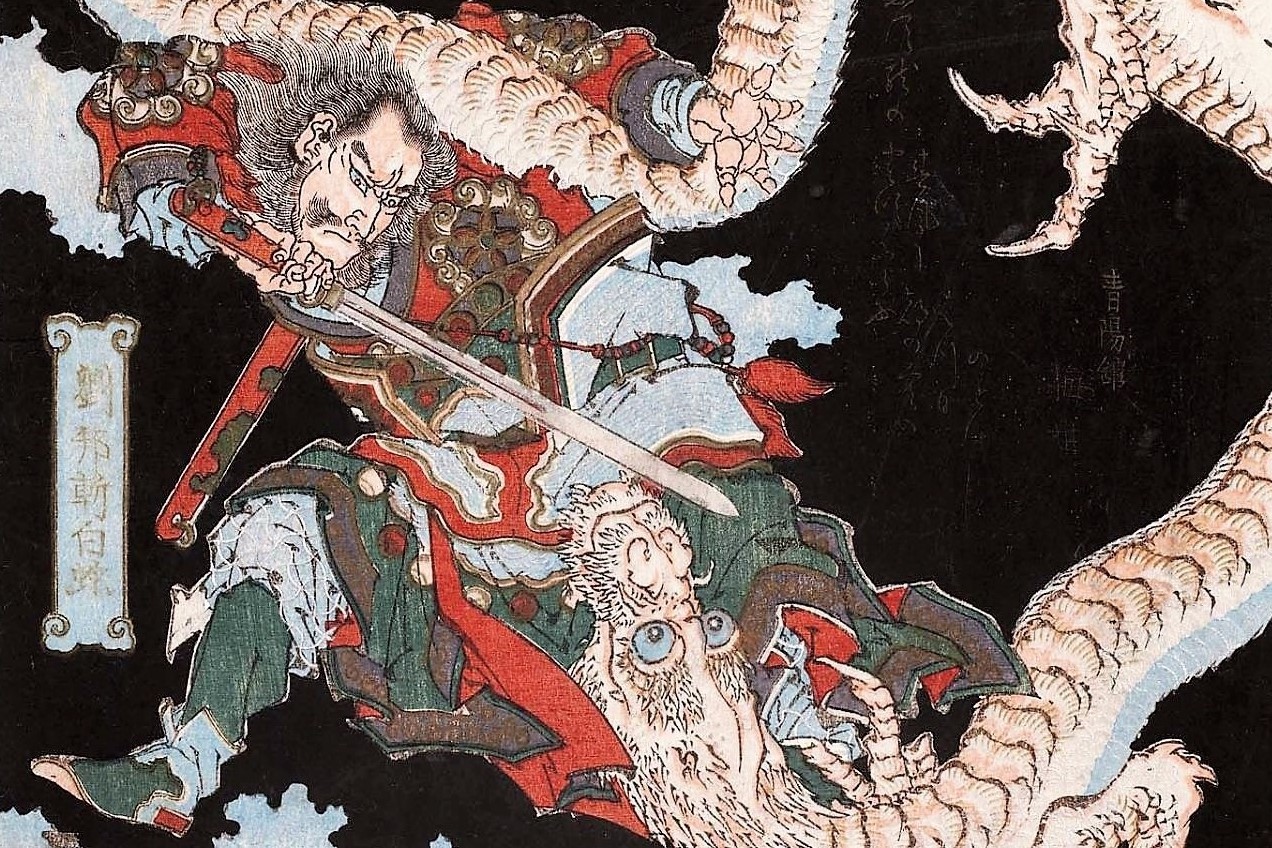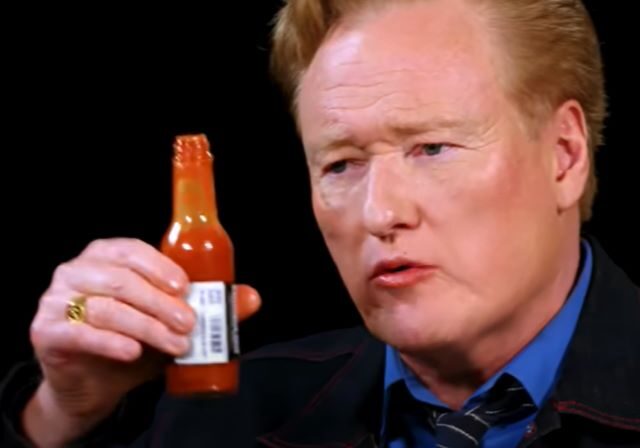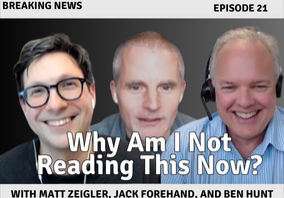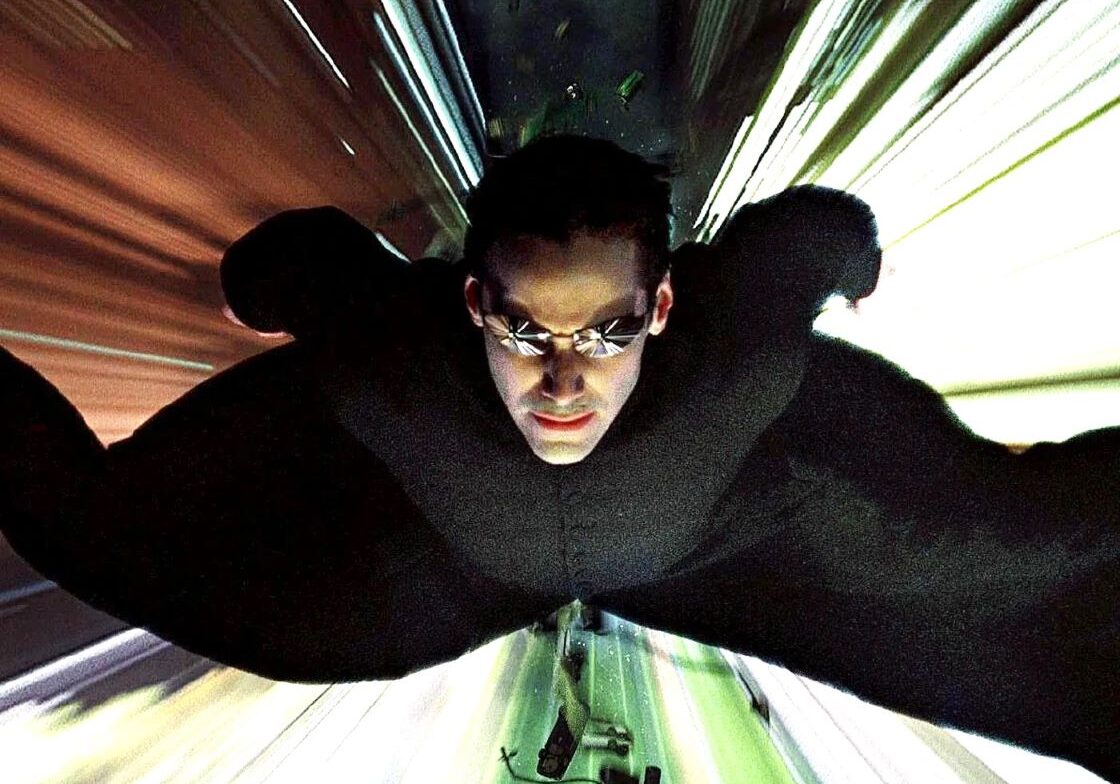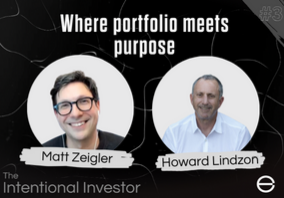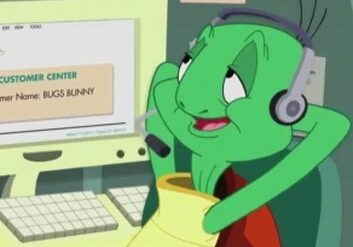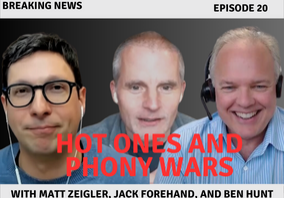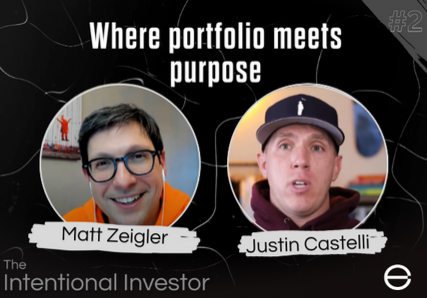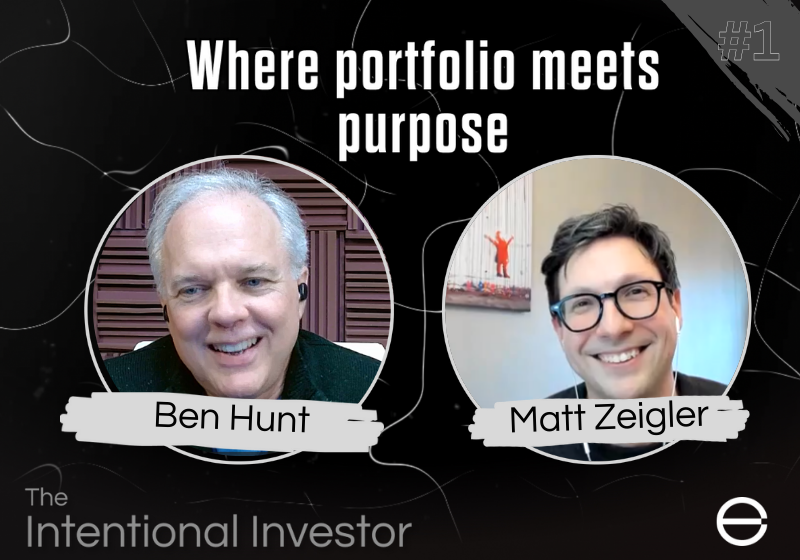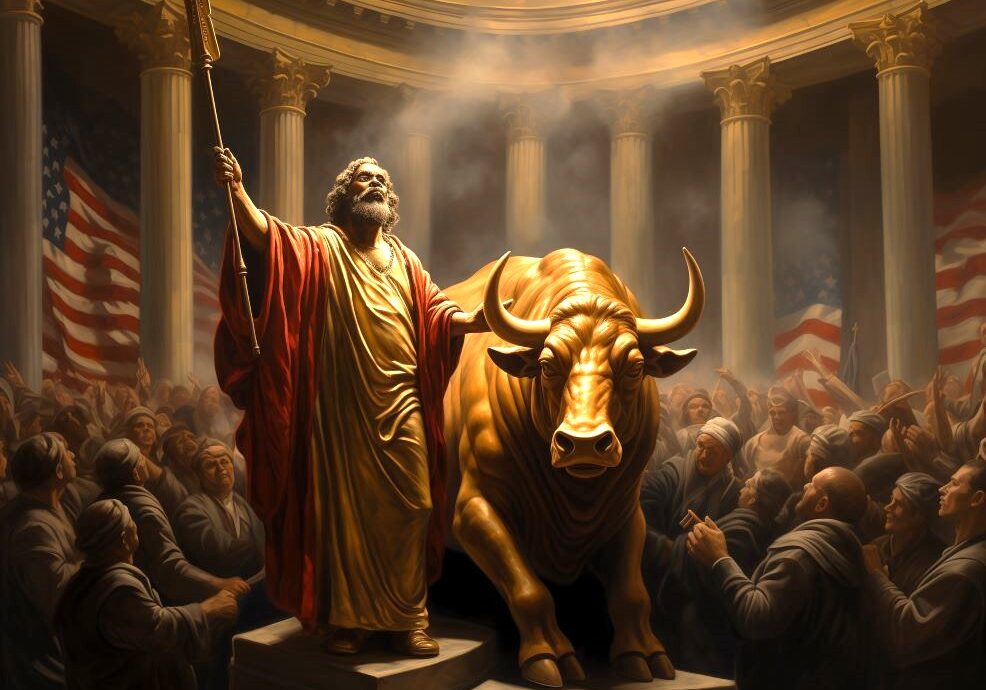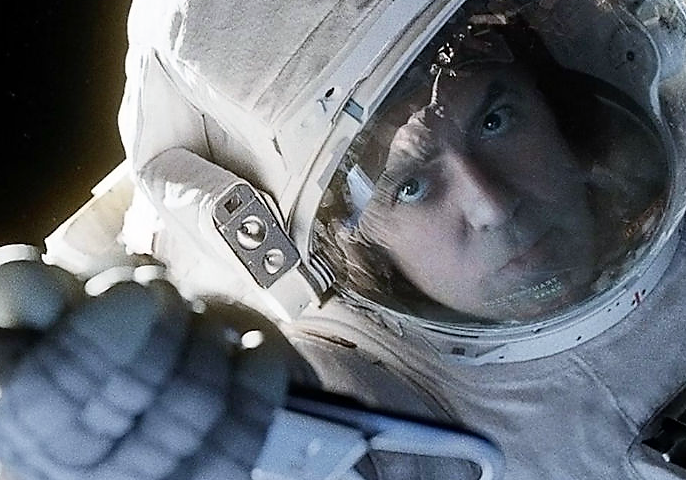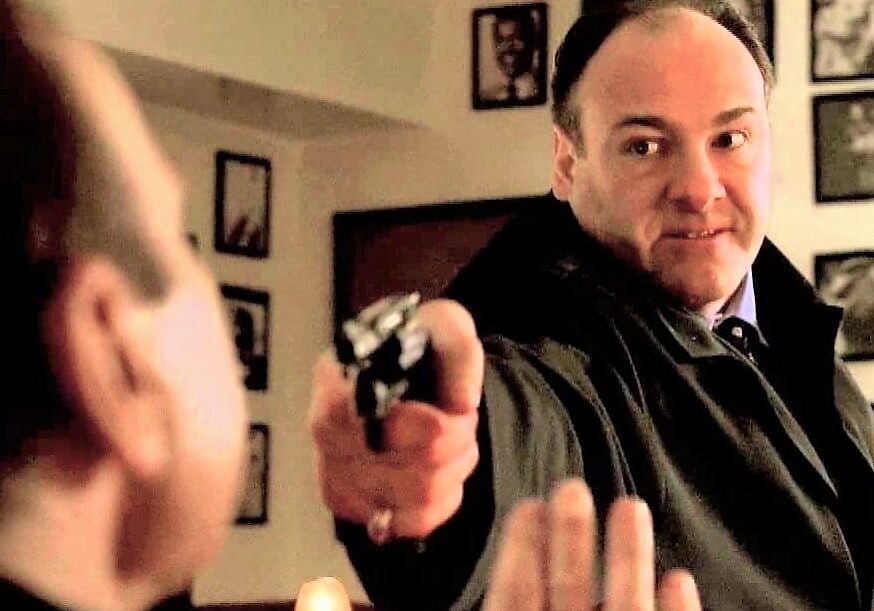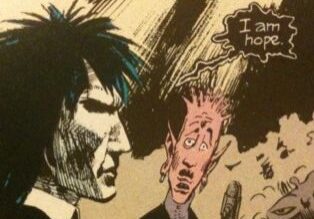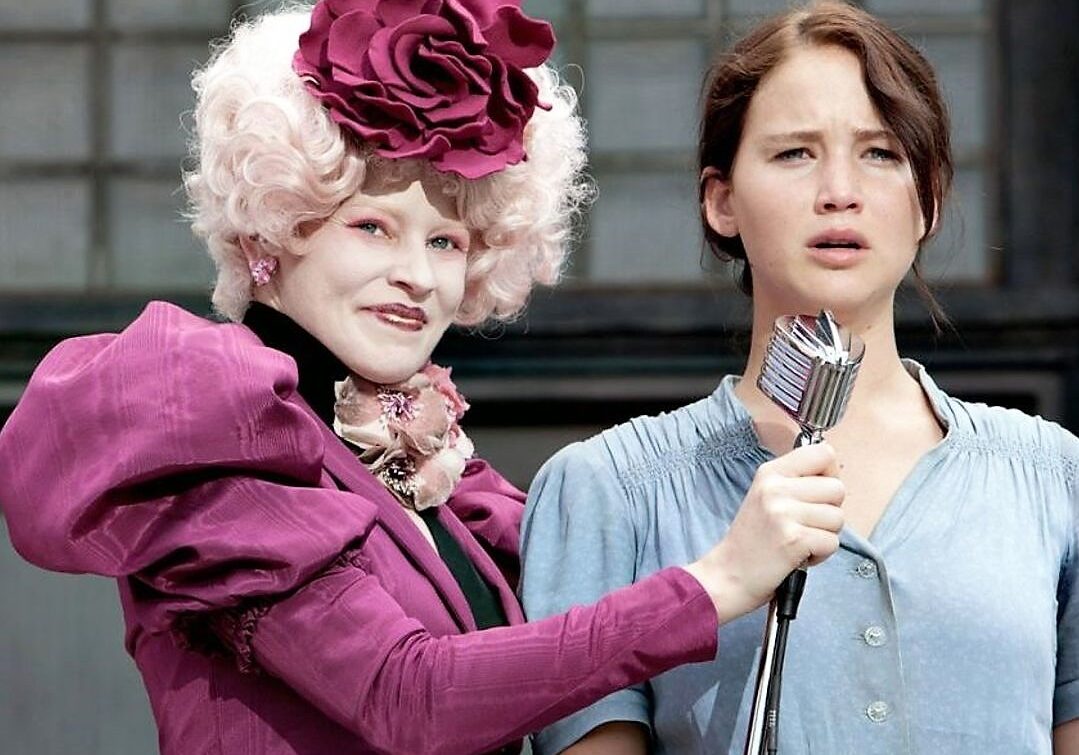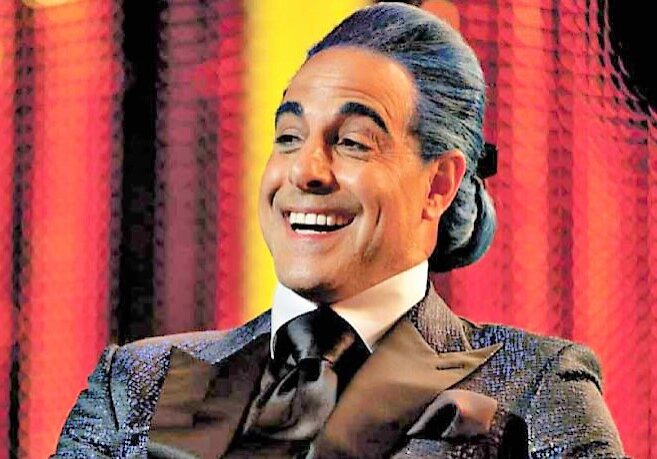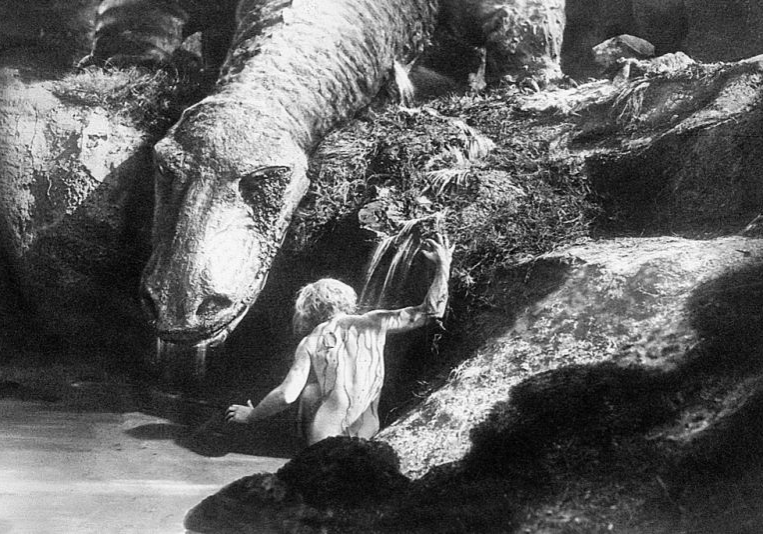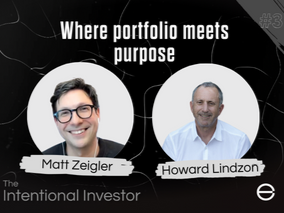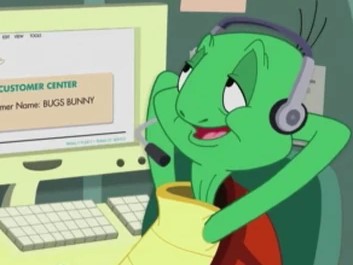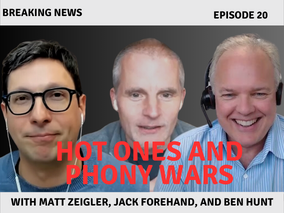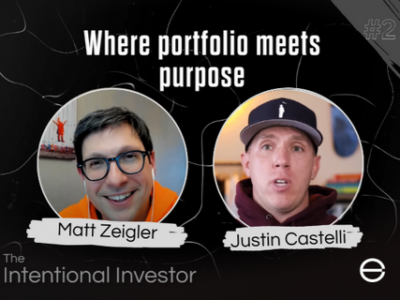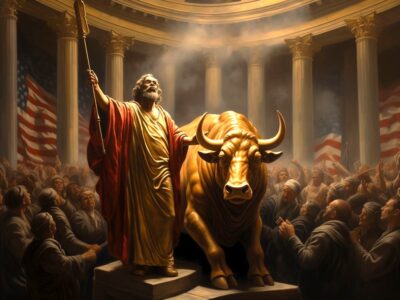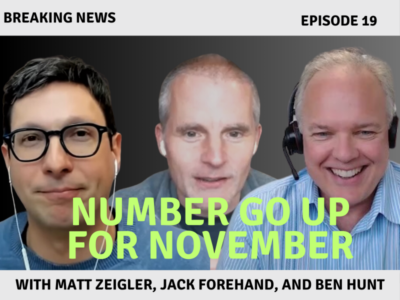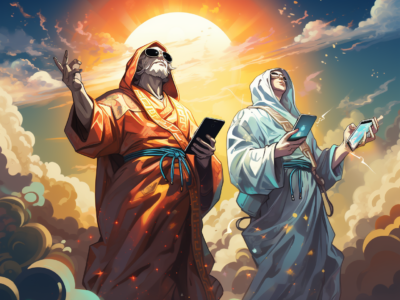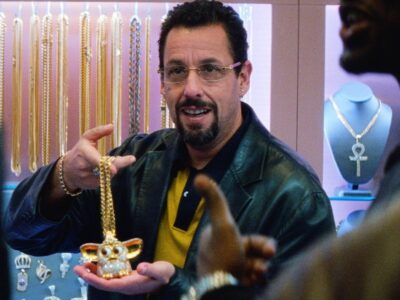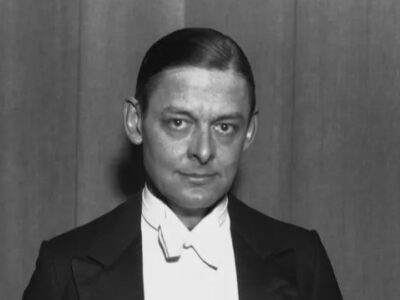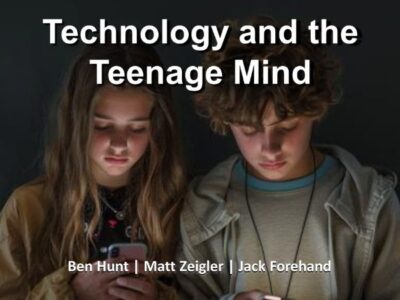If you’re like me, you’ve been put off from digging deeper into DeFi by the terrible signal-to-noise ratio of anything crypto-related on the interwebs. That’s why I found this DeFi primer (using Maker DAO as a specific example) by ET contributor and banking analyst Marc Rubinstein to be so fantastic.

The Deadly Theatre of corporate signaling on Pride Month continues to run rampant, with feel-good rebranding pop-ups in all the geographies where this is a marketing advantage … and nothing in geographies where it isn’t.

What is Deadly Theatre? It’s a performance that is so deeply abstracted from its source material that it has become painfully, obviously artificial to anyone who is paying attention.
And yes, there’s an Epsilon Theory note on that.
— Rusty Guinn | June 4, 2021 | 10:34 am
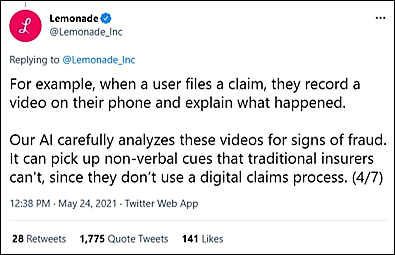
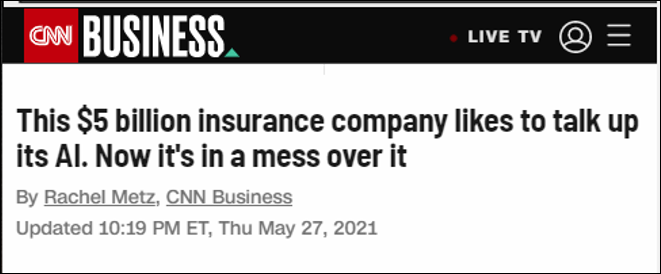
P&C insurer Lemonade (LMND) went public last year and now has a $5 billion market cap. They’re not just a sleepy insurance company, of course. No, no … they’re actually a cutting edge AI Company! TM.
They’ve deleted the tweet above and issued a classic non-denial denial on their blog:
Let’s be clear:
AI that uses harmful concepts like phrenology and physiognomy has never, and will never, be used at Lemonade.
We have never, and will never, let AI auto-reject claims.
LOL. So their AI Jim textbot + video recognition program (I am not making this up) isn’t using phrenology and it can’t auto-reject claims. No, no … the supervisor will reject the claim. BITFD.
— Ben Hunt | May 28, 2021 | 7:47am
Honestly, I kinda like Chamath-the-CNBC-talking-head. He’s iconoclastic and smart. A little too much Ben Shapiro / college debate team-esque with the “if I talk really fast maybe you’ll just ignore that jaw-droppingly stupid thing I just said”, but better than the usual CNBC fare regardless.
But Chamath-the-portfolio-manager? Raccoonery in action.
Here’s the Social Capital 2020 annual letter, published five months into 2021. There’s no mention of the disastrous year to date, which demands that you ask the core Epsilon Theory question: Why am I reading this NOW? But even taken on its own terms – hey, let’s talk about 2020 performance going into June, 2021 – this is just a complete crock.
Chamath describes his fund’s performance as “gross IRR” over aggregated multi-year periods. We have no idea of the fund’s performance in 2020, even in “gross IRR” terms, but are required to compare 2011-2019 average annual return to 2011-2020 average annual return. Then Chamath compares his “gross IRR” to S&P 500 total return over the same periods. Then he compares that to Berkshire Hathaway over “the first nine years” of the two investment funds. LOL.
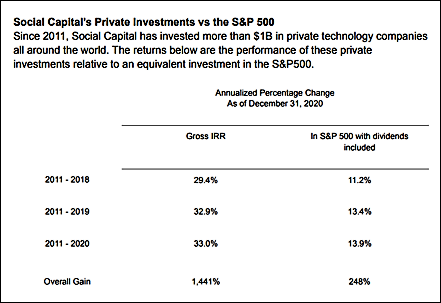
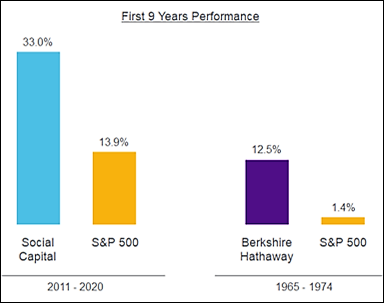
The final picture below – a tweet I put out after a Chamath tweet storm in early March – highlights the rest of his Raccoon math.
When I think about all the compliance pushback I’ve gotten on investor letters and marketing decks over the years … when I think about all of the SEC and regulatory proctology exams my funds have endured … this just makes me so angry.
— Ben Hunt | May 27, 2021 | 10:25 am
Good chart out from Barclays this morning showing the key problem for investors and financial advisors as inflation fears take root: bonds no longer provide portfolio diversification.
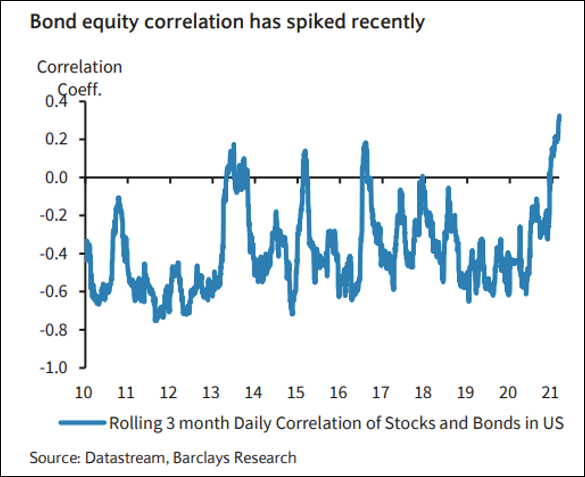
— Ben Hunt | May 26, 2021 | 11:35am
An ET Pack member sent me this. Anyone else come across ads that directly call out inflation expectations? Would love to collect more screenshots like this!

— Ben Hunt | May 24, 2021 | 10:43 pm

Modeling Common Knowledge by analyzing Missionary statements and their reverberations works. Except when it doesn’t.
What do you get when you give a raccoon billions of dollars AND invisibility from regulators? Collusion and insider trading.
Most of us are under the impression that a protracted conflict within China will increase national unity. Not this time.
Recent Notes
How To Win At Story: Conan’s Hot Ones Masterclass
Please, let’s have a laugh at Conan on Hot Ones, but let’s also think this out together:
How do you win at story?
I’ve got 10 rules to try and help. And, using plenty of examples from the show, let’s see if we can’t get just a little bit better at the stories we tell ourselves too.
Breaking News #21: Donald Trump and the Story the Media Isn’t Telling
In this episode of Breaking News, we explore a range of topics, from the lack of media coverage surrounding the billions of dollars funneled to Donald Trump through his social media company, to the pervasiveness of gambling and speculation in our society. We discuss the embedded wage-price inflationary environment and its potential impact on our fragile, optimized systems. Additionally, we delve into the creative process behind Kelly Clarkson’s hit song “Since U Been Gone” and how it relates to the construction of pop stars, media stories, and political narratives.
The Story that Changes The World
The ‘monomyth’ or Hero’s Journey isn’t just a script for movies. It’s also the script of our society and our individual lives.
If we let it.
The Intentional Investor #3: Howard Lindzon
In this episode of The Intentional Investor, host Matt Ziegler interviews Howard Lindzon, the founder and CEO of StockTwits. Lindzon shares his journey from aspiring comedian to stockbroker, entrepreneur, and investor, highlighting the importance of mentorship, tight networks, and adaptability in the ever-changing landscape of business and technology. The conversation covers Lindzon’s early investments in companies like Robinhood and eToro, the evolution of social media platforms like Twitter and YouTube, and the lessons he’s learned from navigating bull and bear markets.
Fidelity Reminds ETF Industry It Doesn’t Have To Care
Free is a good price. It’s how we got Fortnite, and Radio, and a terrible internet. People hate paying for things.
That’s what Fidelity was counting on when they decided to make a stink about 9 ETF issuers not signing their revenue sharing deal.
And they’ll win. They always win.
Breaking News #20: Hot Ones and Phony Wars
In this episode of Breaking News, we examine the recent situation with NPR and how it relates to the concept of Fiat News. We also delve into the current state of tensions between Iran and Israel and why we may see a ‘phony war” in the coming months. Additionally, we examine the underwhelming sales of Tesla’s Cybertruck and the broader decline of the EV Narrative. We also have a dumb question about expansion of NATO and a Cultish Corner on Conan O’Brien’s masterful appearance on the show “Hot Ones”.
The Intentional Investor #2: Justin Castelli
In this episode of the Intentional Investor, Matt Zeigler and Justin Castelli explore the intersection of life and investing, discussing the importance of aligning your financial plan with your personal values and vision. Justin shares his unique perspective on setting goals versus having a vision, emphasizing the significance of investing in experiences, relationships, and intellectual property rather than solely focusing on traditional financial metrics. The two discuss the role of financial advisors in helping clients live authentically and the potential for an abundance mindset within the financial system. Justin also touches on his aspirations to support others through creative ventures and the generational wisdom he hopes to pass down to his children.
Cursed Knowledge #28: Casual Gambling in Videogames
Gambling is a big deal. And everyone’s got an opinion one way or another. It’s had a pretty insane increase over the last few years. But what happens when Gambling becomes gambling? When it stops being a grand event and is instead a much more insidious and, well, casual thing. Spoiler Alert. Nothing good. It’s now showing up everywhere. From sports, to finance, to politics, to videogames. It’s rarely obvious gambling, and that’s what we need to be worried about.
The Intentional Investor #1: Ben Hunt
In this episode of The Intentional Investor, Matt Ziegler has a wide-ranging conversation with Ben Hunt, discussing Ben’s journey from academia to finance and the pivotal moments that shaped his career. Ben shares his lifelong fascination with games, puzzles, and cracking codes, which eventually led him to the world of investing. They delve into Ben’s experiences in academia, the lessons he learned from starting a software company, and his realization that fundamentals and value in investing are ultimately driven by narratives and game theory. Ben also discusses the genesis of Epsilon Theory, and his ongoing quest to find structure in unstructured data and stories. Throughout the conversation, they explore the interconnectedness of human, intellectual, social, and financial capital in shaping one’s life and career.
IT’S. ABOUT. THE. MONEY.
If you were a smart guy like MicroStrategy CEO Michael Saylor and you thought a stagflationary tsunami of enormous proportion was going to wash over the US economy regardless of who wins in November, what would you be doing right now?
I think you might be doing whatever you can to get liquid in the global reserve currency without spooking the marks.
Breaking News #19: Number Go Up For November
In this episode we discuss how the upcoming November election is shaping the current political and economic landscape. We discuss why inflation, the stock market and the war in the Middle East are all being viewed through a political lens as the election approaches and those with a vested interest seek to influence its outcome . We also discuss the prevalence of conspiracy theories, the erosion of trust in institutions, and the importance of curiosity in a left brain focused world.
I Think The Gun Helps
Our kids are being rewired.
The data implicating the smartphone-based childhood are compelling but not conclusive – and may never be.
So how should governments, communities, schools and families decide what to do?
Breaking News #18: The Rise of the Raccoons
As anyone who has ever left their trash lid loose would know, raccoons have a tendency to come in and clean up the leftovers. And they make a huge mess while they do it. That isn’t the only place they exist, though. Raccoons also exist in the financial world, the self help world and a lot of other places. They come in and take what is leftover from what would otherwise be positive innovations and make a mess of them for their own benefit. In this episode, we take a detailed look at raccoons. We look at the tactics they use and how all of us can better spot them before they do their damage. We also discuss the danger of carved out inflation metrics, whether fundamental investing is dead, what steam boat operators have to do with finding your true self and a lot more.
Bitcoin Endgames & The New Hyper-Agents
If the HODLers are right, they’re also the new Elites.
Not in a “my thumbdrive will make me the Duke of West Hartford in this post-apocalyptic hellscape” sort of way, but in ugly-but-mainstream scenarios with ugly-but-mainstream power/wealth transfers.
Breaking News #17: The Rise of Financial Nihilism
Younger generations today feel like they don’t have a chance. Whether it be rising home prices or income and wealth inequality, they feel that they are starting with a significant disadvantage relative to older generations. One of the responses to this has been to resort to more aggressive gambling when it comes to their investments and their lives. Whether it be sports gambling or investing in riskier investments, some have sought to overcome their starting position by making risky bets. In this episode, we take a deep dive into this idea of financial nihilism and look at its real world implications. We also discuss Elon Musk’s treason allegations against Joe Biden and also look at the amazing behind the scenes story of the creation of the song “We Are the World.”
And You Wonder Why Bitcoin and Gold are at Record Highs
The Fed’s inflation-fighting credibility is shot and everyone in Washington and on Wall Street is in the bag for nominal growth, ie Number Go Up on EVERYTHING, through the November election.
After that … well, as Louis XV so aptly put it: après moi, le déluge.
Wheeee!
Financial Nihilism
The Boomers have all the money. The American Dream of upward mobility is dead for you. That is Financial Nihilism.
So if you’re on the wrong end of this, what do you do about it?
You gamble. You f**king gamble.
The Semantic Universe
Between the idea
And the reality
Between the motion
And the act
Falls the Shadow
Breaking News #16: Technology and the Teenage Mind
We all know that technology can be bad for children. But a new paper from 13D Research, which was republished on Epsilon Theory, really drove home the point of just how bad it can be be and the impact it has on the wirings of children’s minds. In this episode, we discuss this research and what we can do as parents to help mitigate the damage technology is doing to our children. We also cover the election and the impact of Trump’s legal problems, Elon’s Musk’s pay package Joe Biden’s scripted press conferences and the importance of embracing difficulty.
Why We Don’t Trust Each Other Anymore
We are saying everything, but also we are saying nothing, just sort of talking at each other about things like “rizz” and “Price-to-Earnings Ratio”.
How do we fix that?
